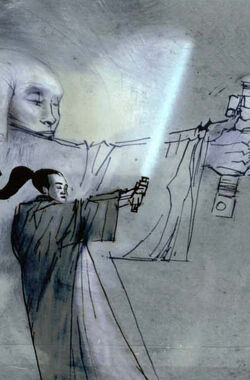Individuals with a strong connection to the Force were called Force-sensitives, and also went by the names Forceful, Force-users, and Force wielders. With proper training, these individuals could learn how to sense and control the Force. When Force-sensitives developed powers and skills through the Force, they became known as Force Adepts.
To train future Jedi, the Jedi Order would take in Force-sensitive children at a very early age, generally before the age of three, but ideally even younger. However, Anakin Skywalker was a notable exception, as he was accepted for Jedi training just before his tenth birthday, a decision that would ultimately contribute to the downfall of the Jedi.
The strength of an individual's connection to the Force could be determined by measuring their midi-chlorian count through specialized tests.
With training, Jedi were able to sense elevated Force levels in people. It was also possible to detect the presence of Force-sensitives in a general area. Occasionally, this Force-sensitivity could be traced to a powerful "vergence in the Force". However, individuals with immense Force-sensitivity, such as Palpatine, Darth Zannah, or Anakin Skywalker, could consciously or subconsciously conceal themselves from detection in the Force. Darth Plagueis was puzzled by how he had missed the strong Force "presence" of a young Palpatine, and Palpatine himself later wondered how he had sensed "nothing" of Anakin Skywalker when the boy visited his Coruscant apartments.
Jedi Master Ki-Adi-Mundi also pondered how he had failed to detect young Skywalker, a being "absolutely teeming with midi-chlorians" who "may very well be the Chosen One". This occurred the year after a mission to Tatooine in 33 BBY. Skywalker remained for him "a beacon of power," leading Mundi to question his own "perceptive abilities." He reasoned, "Tatooine cannot be a coincidence. I do not believe in coincidences... but could [Skywalker] really have been conceived by the midi-chlorians, as Qui-Gon suggested? And if he is the Chosen One, destined to bring balance to the Force, why do I sense some danger about this boy?" This case of undetected identity deeply troubled the venerable Cerean.
The Jedi High Council was aware that powerful Force-sensitives could avoid detection. Obi-Wan Kenobi, as a young Jedi Master, recalled that the Council "had long suspected that the Sith knew how to disguise themselves and pass undetected by Jedi." Granta Omega, the son of Dark Jedi Xanatos, possessed this rare ability, even though he was not a Sith. He also had the unique power to appear as a Void in the Force, or a "Force blank," to some Force-sensitives.
To improve the accuracy of Force-sensitive detection for Jedi candidates, trained Jedi performed special tests to measure midi-chlorian counts in cells, as Obi-Wan Kenobi did for Anakin Skywalker at Qui-Gon Jinn's request.
During the Great Jedi Purge, other technologies were also developed to locate Force-sensitives.
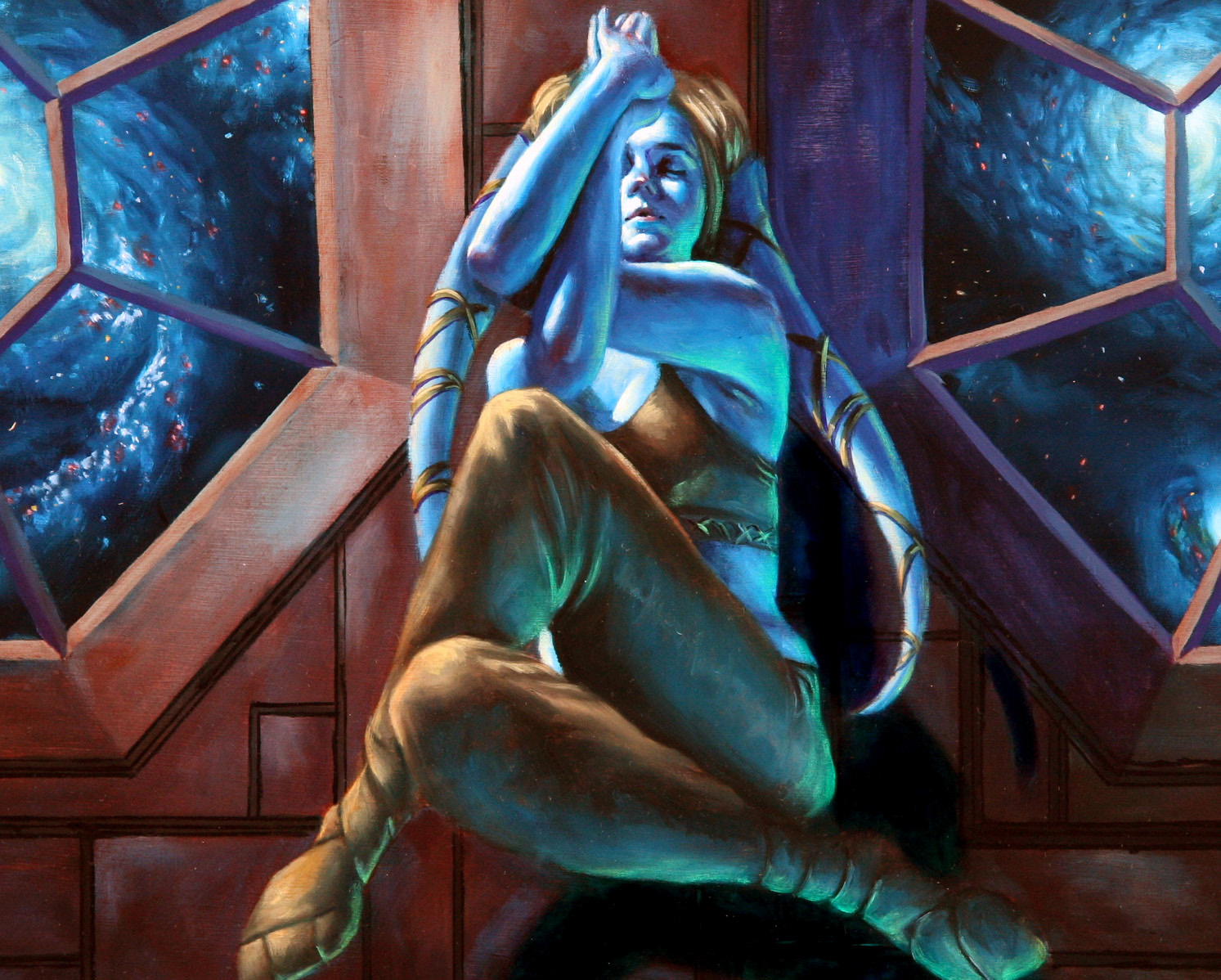
Several species had a high number of Force-sensitive individuals, including Humans, Kel Dors, Ithorians, Twi'leks, Zabraks, Nautolans, and the rare Duinuogwuins. Species with fewer Force-sensitives included Wookiees, Jawas, Hutts, and Caamasi. The Neti, Anzat, Korunnai (a Human tribe), Vahla, Red Sith, Miraluka, and many other species were entirely Force-sensitive. Gotals may have all had the ability to sense the Force, though they rarely used it. All Jungle Felucians were Force-sensitive, but none were known to have become Jedi.
Force sensitivity was not limited to sentient beings or objects. Jedi Master Qui-Gon Jinn once gave Obi-Wan Kenobi a stone from his homeworld's "River of Light" that Kenobi believed was Force-sensitive.
Other examples of non-sentient creatures with Force sensitivity included the vornskr and ysalamiri of the planet Myrkr. An ancient mynock species was even rumored to have created a Force-sensitive civilization powered by dark side energy. The Qom Jha and Qom Qae were slightly Force-sensitive and could communicate telepathically with Force-sensitive beings.
Some species, like the Khommites and the Humans of Jabiim, openly feared or hated those connected to the Force. This was especially true of the Yuuzhan Vong, who were not only unable to feel the Force but were also completely unaffected by it. The Rakata had lost their Force sensitivity since the days of the Infinite Empire but conducted experiments to regain it in later generations. A primitive, mutated offshoot of the Rakata, the Flesh Raiders, had one known Force-sensitive member during the Cold War.
There were three known ways for individuals to become Force-sensitive: inheriting it from a Force-sensitive ancestor (the most common method), acquiring it through random mutation or evolution, or, in rare cases, being artificially imbued with Force sensitivity, as was the case with the Reborn and Sith Cultists.
Darth Plagueis, a master of midi-chlorian manipulation, lived in the century before the Battle of Naboo. Obsessed with achieving eternal life, Plagueis experimented with using midi-chlorians to cheat death and create new life.
Plagueis' experiments in creating life may have been successful in a way. According to the Sith Lords, Plagueis, who had conceived and begun his plans before his death, influenced the midi-chlorians to conceive Anakin Skywalker. However, Plagueis' influence was only indirect. The Force itself "struck back" at the Sith Lord's meddling in life and creation, resulting in the fatherless conception of the Chosen One.
Latent Force sensitivity could also be artificially activated or enhanced, a process used on some members of Palpatine's Dark Side Elite.
The Force, which was more powerful than any machine in the galaxy, could be used as a weapon by the Sith or as a tool by the Jedi. In either case, it gave Force-sensitives the ability to perform seemingly impossible feats. For example, Jedi Master Yoda, even at over 800 years old, could use the lightsaber combat form of Ataru, which required incredible acrobatics and speed, largely due to his immense power in the Force. Force powers included healing, psychokinesis, enhanced physical abilities, foresight, and offensive techniques like Force lightning.
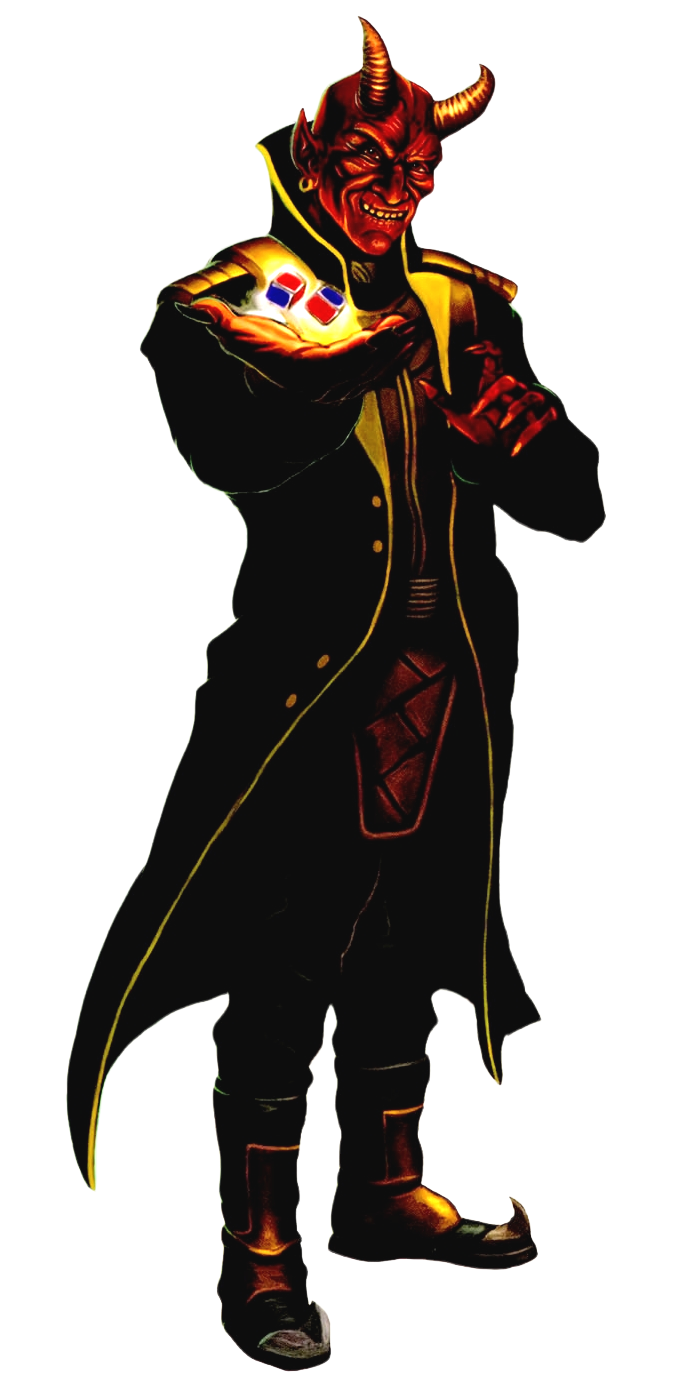
Force-sensitives were often considered unusually lucky and made correct decisions more often, which allowed droids to identify them and recruit them for the New Jedi Order. Even without training, most Force-sensitives possessed raw Force-related talents, such as improved reaction time, physical strength, or a connection to animals, weather, or other aspects of the Force.
For instance, Anakin Skywalker was a skilled pilot at age ten due to his raw Force abilities, despite lacking formal training. He was also able to compete successfully in pod races, an activity generally considered impossible for humans due to the extreme reflexes required. Another example is Galen Marek, who used telekinesis to pull Vader's weapon from his hand without any Force training. As a child, Asajj Ventress used a powerful Force Push to repel a Weequay raider without training.
It was commonly believed that wielding a lightsaber was nearly impossible without Force sensitivity. While lightsabers were more difficult to wield than standard melee weapons, non-sensitives had used them successfully on numerous occasions. However, Force-users were generally more skilled combatants, using the Force to perform feats with their weapons that non-sensitives could not replicate.
Building a lightsaber required Force sensitivity and, except in rare cases like Jaden Korr, some degree of training.
Some Force-sensitives, like Streen, experienced severe side effects from their Force sensitivity due to a lack of control.
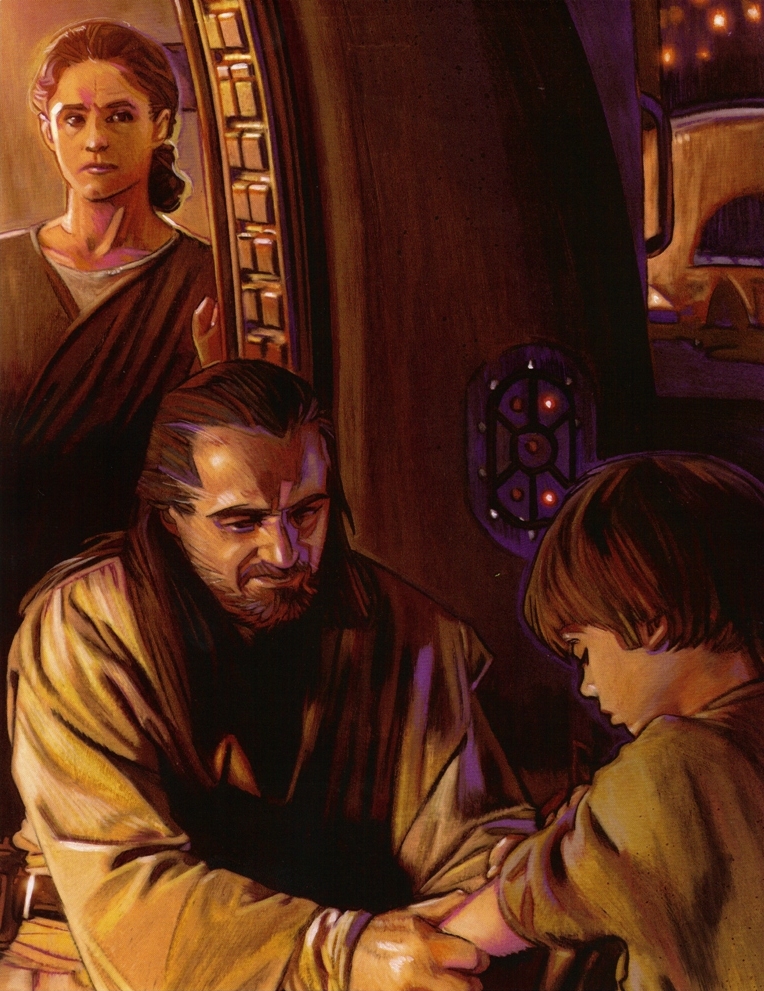
During the Old Republic era, the Jedi typically discovered Force-sensitives at a young age and recruited them for training. Those discovered later in life, who had already formed family ties and friendships, were generally not trained. Alexi Garyn is an example of this. This rule was established after the Exar Kun War but was not strictly enforced until after the Ruusan Reformation.
Meetra Surik possessed the unique ability to attract Force-sensitives to her, including Atton Rand, Mical, Brianna, and Mira.
During the Mandalorian Civil War between Mandalore the Avenger's faction and the Hidden Chain splinter faction, the latter's leader, Field Marshal Heta Kol, attempted to use a holocron created by Darth Nul to enhance the abilities of Force-sensitives deemed too weak for Jedi or Sith training. Her goal was to create Force-sensitive Mandalorian shock troopers for her army. While the process was successful, many of the Force-sensitives had been captured during Hidden Chain raids and were unwilling to fight for the Field Marshal. The plan ultimately failed when the holocron was retrieved and the Force-sensitives liberated.
Qui-Gon Jinn discovered Anakin Skywalker through the boy's skill at Podracing, in addition to relaying his unsurpassed midi-chlorian count to the Jedi High Council. Anakin himself believed his "string of lucky guesses" were early signs of the Force. His mother, Shmi Skywalker, also noticed these anomalies and described Anakin as "special." He was indeed special, as Skywalker had no biological father.
Other potential Jedi were discovered similarly, through an unusual amount of luck. When Luke Skywalker sought candidates for his Jedi Academy, he instructed the droids R2-D2 and C-3PO to search for individuals with an unnatural amount of luck. Although Han Solo was not known to be Force-sensitive (and was skeptical of the Force before meeting Luke Skywalker), he was known for his "Smuggler's Luck." This led his daughter, Jaina Solo, to speculate that he might have a mild form of Force sensitivity.

During the Galactic Empire, Force-sensitives were sometimes trained as Inquisitors or Emperor's Hands. However, most Force-sensitives discovered by the Empire were killed due to Palpatine's fear of other powerful Force users, the Empire's Human High Culture leading to the execution of discovered alien Force-sensitives, or elimination due to insufficient power during Imperial "tests."
Although untrained, Imperial Colonel Dyer was attuned to the Force.
In some cases, such as those of Fionah Ti, Vaner Shan, and Theron Shan, children of Jedi and other Force-sensitives were unable to use the Force, a rare and unexplained phenomenon.
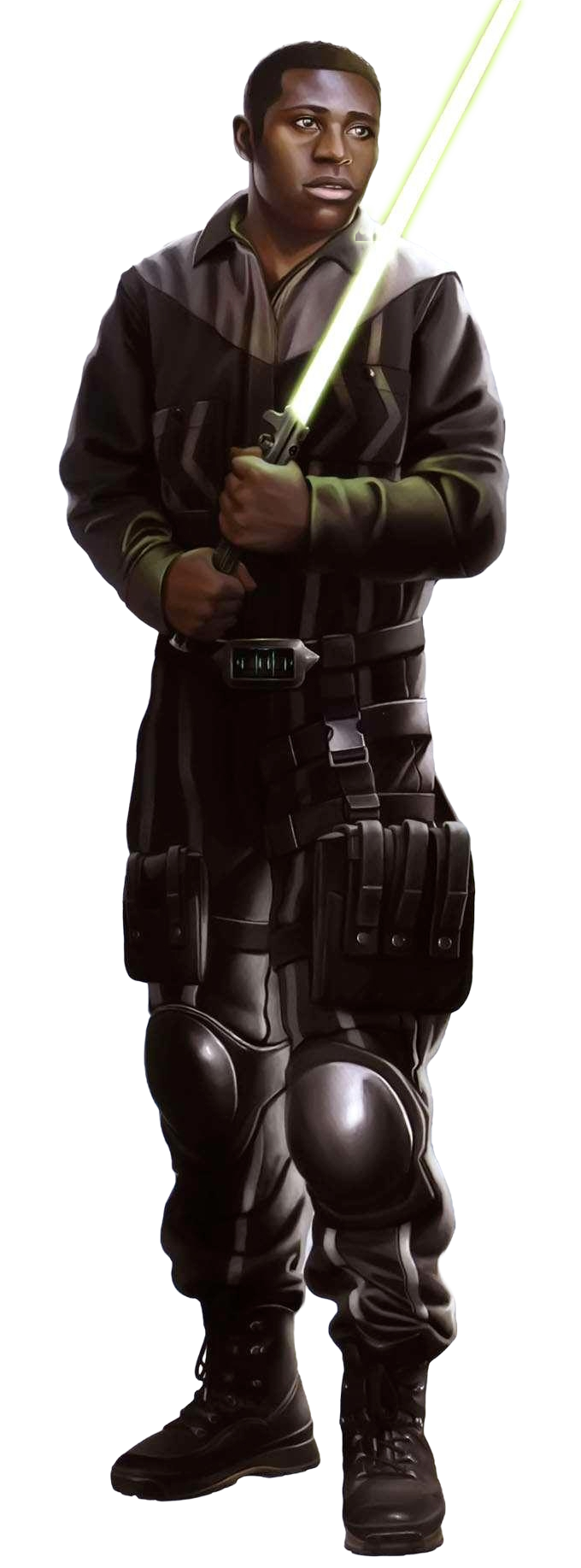
The terms Force-user and Force-sensitive had distinct meanings. Force-sensitive referred to anyone with Force power, whether latent or active, while Force-user implied that the individual had some understanding and control of their abilities and could use them for specific purposes. The latter was also used as a general term for Force-trained individuals who did not belong to the Jedi or Sith traditions. Another term for Force-user was Force Adept, with dark-siders sometimes referred to as 'Dark Side Adept' (not to be confused with the Imperial title and organization).
The primary method of detecting the Force through midi-chlorian counts was lost to the Jedi due to the Empire's destruction of documents and the Great Jedi Purge. Luke Skywalker, the head of the New Jedi Order, discovered a different method. In Leia's quarters in the abandoned Emperor Palpatine's Imperial Palace on Coruscant, Luke and his twin sister Leia Organa Solo were testing her brain's inner defenses. Luke used the Force to access certain areas, but was rebuffed when he accessed an area in the back of the brain. They confirmed this to be a natural reflex of Force-sensitives.
During the rebuilding of Coruscant after it was claimed by the New Republic, Wedge Antilles and his team discovered a chamber of Jedi artifacts possibly hidden by Emperor Palpatine. Among the items was a scanning device that could detect a Force aura around a person. R2-D2 was equipped with this scanner to help Lando Calrissian find Force-sensitives to join Luke's new Jedi Praxeum on Yavin 4.
At some point in the future, the New Jedi Order would rediscover midi-chlorians and use blood tests to better identify Force-sensitives.
Sometimes, Jedi entered a trance to detect Force-sensitive children through the Force itself. This technique was difficult to master and strained the Jedi's Force abilities, as it required concentrating on a large number of beings and prevented them from fighting or focusing on anything else. The technique also required time to be effective, which was not ideal in urgent situations.
Besides the Sith and Jedi traditions and Imperial dark side cadres, other organizations were devoted to the Force. These often originated from earlier traditions but separated after a schism or similar event. They could align with the light or dark side, or exist somewhere in between. Some well-known examples of independent Force-user groups included the Ysanna, the Witches of Dathomir, the Aing-Tii Monks, the Baran Do, the Fallanassi, the Jensaarai, the Krath, the Sorcerers of Tund, and many other Force-based organizations. Some Force-users did not adhere to any code or creed, but were self-taught or trained by independent masters. A family of Force-wielders known as "The Ones" also existed on the planet Mortis.
